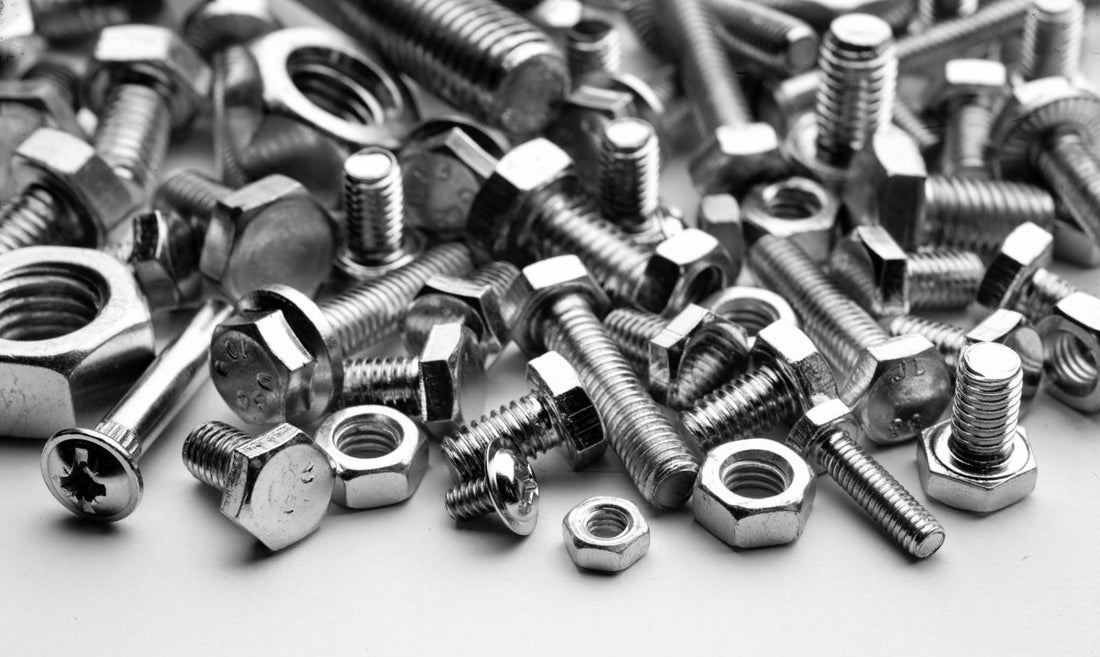
10 Fastening Techniques for Laser Cutting Projects
When it comes to laser cutting projects, the right fastening technique can make all the difference in the final outcome. Whether you are working with metal, wood, or acrylic, knowing how to securely fasten your pieces together is crucial. Here are 10 fastening techniques that every laser cutting enthusiast should master:
1. Welding
Welding is a common fastening technique used in metal laser cutting projects. By melting and fusing the edges of two pieces together, welding creates a strong and durable bond that can withstand heavy loads.
2. Riveting
Riveting involves using a rivet gun to secure two pieces of material together with a rivet. This technique is often used in structural applications where strength and stability are key.
3. Adhesive Bonding
Adhesive bonding is a versatile fastening technique that can be used with a variety of materials. By applying a strong adhesive between two surfaces, you can create a bond that is both durable and aesthetically pleasing.
4. Screwing
Screwing is a simple and effective fastening technique that is commonly used in woodworking projects. By driving a screw into the material, you can create a secure connection that can be easily disassembled if needed.
5. Clamping
Clamping is a temporary fastening technique that is often used to hold pieces together while the adhesive or other fastening method sets. Clamps come in a variety of sizes and styles to suit different project needs.
6. Interlocking Joints
Interlocking joints are a clever fastening technique that involves designing pieces to fit together like a puzzle. This method creates a strong bond without the need for additional fasteners.
7. Snap-Fit Connections
Snap-fit connections are a quick and easy way to fasten pieces together without the need for tools or additional hardware. This technique is often used in prototyping and assembly applications.
8. Slotting and Tabbing
Slotting and tabbing involves creating slots and tabs in the material that interlock to form a secure connection. This technique is commonly used in laser cutting projects that require precise alignment.
9. Lacing
Lacing is a decorative fastening technique that involves weaving a cord or thread through holes in the material to create a unique design. This method is often used in laser cutting projects that require a touch of creativity.
10. Velcro
Velcro is a versatile fastening technique that is commonly used in fabric and soft material projects. By using hook and loop fasteners, you can create a strong and adjustable bond that can be easily removed and reattached.
Mastering these fastening techniques will not only improve the quality of your laser cutting projects but also expand your creative possibilities. Experiment with different methods to find the ones that work best for your specific project needs.
